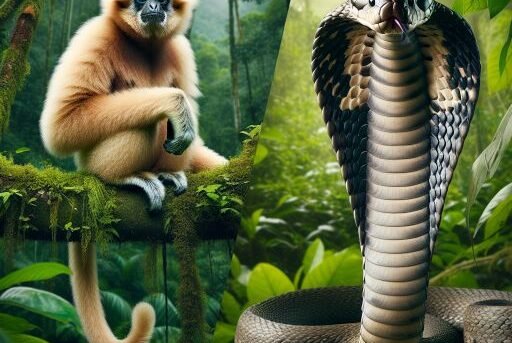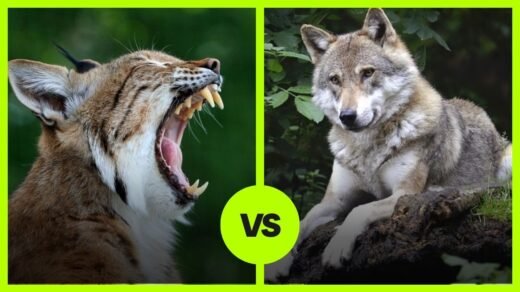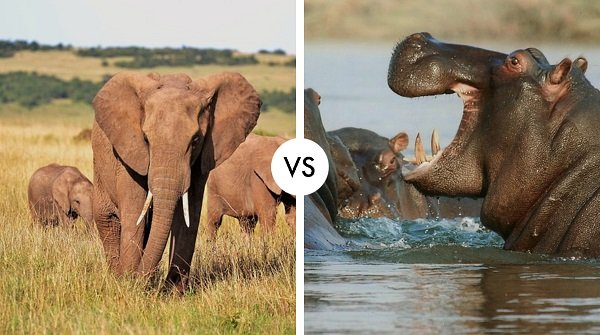Location and Habitat
Gibbons are arboreal primates that inhabit the dense tropical rainforests of Southeast Asia, including countries such as Indonesia, Thailand, and Malaysia. These acrobatic animals are known for their incredible ability to swing from tree to tree using their long arms, a mode of locomotion known as brachiation. Gibbons primarily reside in the upper canopy of the forest, where they feed on a diet of fruits, leaves, and occasionally insects.
The King Cobra, on the other hand, is found predominantly in the forests and plains of India, Southeast Asia, and the southern parts of East Asia. This formidable snake prefers habitats such as dense highland forests, bamboo thickets, and areas near rivers and swamps. Recognized as the world’s longest venomous snake, the King Cobra primarily preys on other snakes, including smaller venomous species, and is revered and feared for its potent venom and impressive hood, which it displays when threatened.
Gibbon vs. King Cobra Comparison
| Animal | Size and Weight | Ability to Finish Opponent | Weaponry |
|---|---|---|---|
| Gibbon | Approx. 5-25 kg (11-55 lbs), up to 90 cm (35 in) tall | High agility, strong limbs for grappling but not typically lethal | Strong arms for swinging and grappling |
| King Cobra | Up to 18 kg (40 lbs), 3-4 m (10-13 ft) long | Highly venomous bite capable of killing within hours | Venomous fangs |
Hunting and Skills
Gibbons are arboreal primates that primarily feed on fruits, leaves, and occasionally small animals or insects. They are not predators but use their agility and speed in the trees to escape from predators. Their long arms allow them to brachiate through the trees, making them difficult targets for predators.
King Cobras, on the other hand, are formidable predators specializing in hunting other snakes, including venomous ones. They use their keen sense of smell and ability to detect vibrations to locate prey. Once they find their target, King Cobras deliver a venomous bite that immobilizes the prey, which they then swallow whole. They can also defend themselves by raising up to a third of their body off the ground, displaying their hood, and hissing to deter potential threats.
Gibbon vs. King Cobra Who Would Win?
The gibbon, using its agility, attempts to dodge the king cobra’s strikes. The king cobra aims precise, venomous bites. The gibbon tries to use its long arms to keep the cobra at a distance but struggles to land a decisive blow. The cobra eventually lands a venomous bite. The venom incapacitates the gibbon, leading to its defeat.
Winner: King Cobra with 75% chance of winning.




